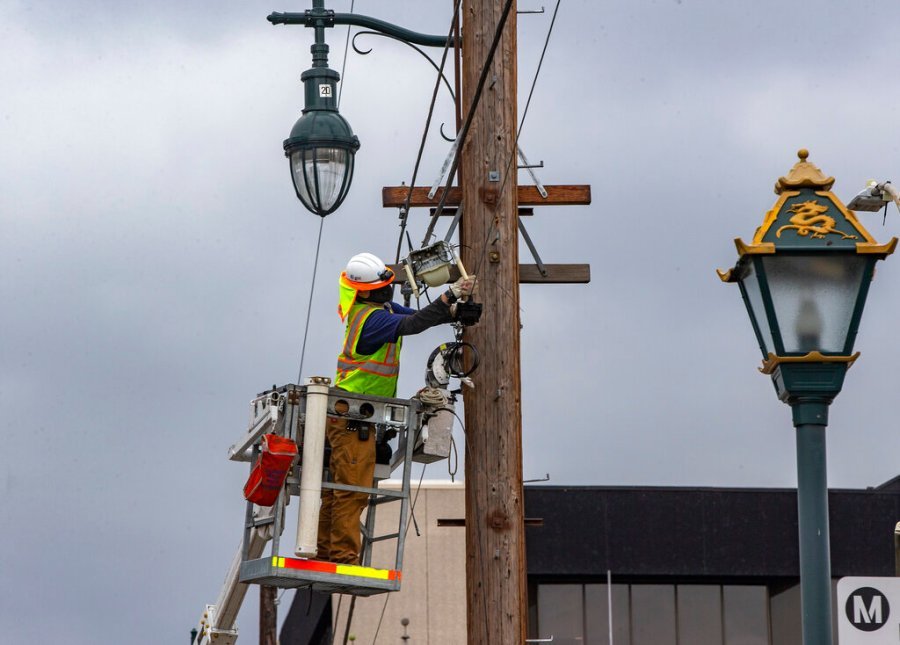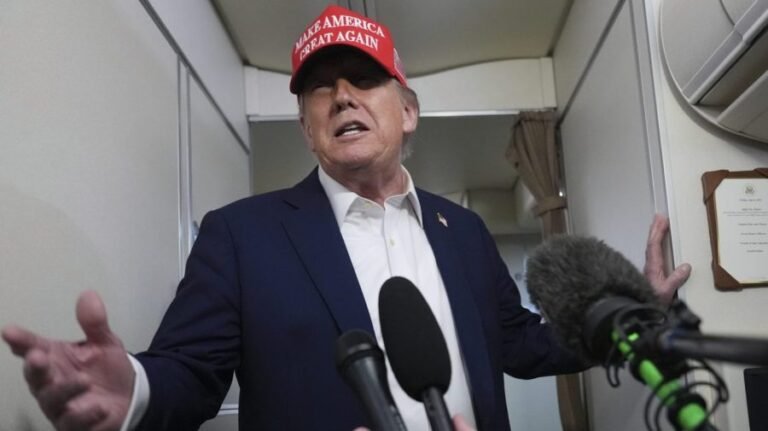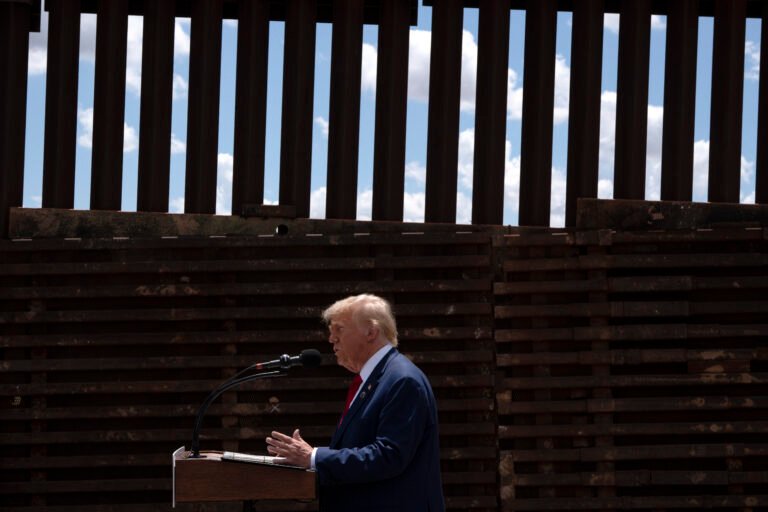
Imagine being told that your state government has the funds to give your family an affordable high-speed Internet connection — not just this year, but every year for the next two centuries.
Now imagine that same government decides instead to run a fiber optic cable to a single house at the end of a long rural road.
This is not a thought experiment. It’s the real tradeoff now playing out across the country under the federal government’s $42.5 billion broadband program, known as BEAD.
States are beginning to allocate those funds, and in doing so, they face a choice: Should they spend tens of thousands of dollars to connect each remaining unserved home with fiber? Or should they use more cost-effective technologies to extend deployment and use the savings to help low-income households get online?
Today, the BEAD program has a strong fiber bias, which pushes funding to expensive individual deployment projects which burn through funds that could support many more families for whom broadband is available but not affordable. In some places, states are spending $77,000 per household to run fiber to remote areas. To put that in perspective: the annual cost of helping a low-income household afford a broadband plan is $360. That means for every one of those high-cost fiber installations, we are giving up more than 200 years of affordability support.
And here’s the kicker: Affordability — not lack of infrastructure — is a much bigger reason people are offline.
Only about 3 percent of the digital divide is due to a lack of access to broadband infrastructure. Over 70 percent of it stems from adoption issues: people who live in areas with broadband but don’t subscribe because they can’t afford it, don’t know how to use it, or don’t see its usefulness. For every person offline because they live in an unserved area, more than 20 remain disconnected for one of these other reasons.
BEAD funds can be used for both deployment and adoption efforts. But the program’s design has states planning to spend the lion’s share on deployment — often on the most expensive possible projects. Once those dollars are spent, they’re gone. There’s no second wave of funding on the horizon to address the more widespread adoption problems.
There are still homes that need to be connected. But we need to acknowledge that the cost of reaching the last few unserved homes with fiber is often extreme. At some point, the cost of one more mile of fiber starts to outweigh the benefit — especially when it means denying broadband access to thousands of people who are already within reach of a signal but lack the income or skills to benefit from it.
A smarter approach would set a reasonable cap on how much can be spent to reach each location — say, $1,200. That’s still enough to close deployment gaps as long as we recognize that fiber isn’t the only high-speed broadband technology out there. Fixed wireless, satellite or hybrid solutions are available at much lower costs in more remote areas. This common-sense step would preserve the remaining funds for affordability support, digital literacy and other programs that actually get people online.
In short: if we’re serious about closing the digital divide, we have to stop confusing infrastructure with access. The fastest rural fiber network in the world does nothing for a low-income mother in a city apartment if she can’t afford to connect. A pristine fiber line to a country mansion means little to an elderly veteran in the suburbs who doesn’t know how to log on to the network that was already built in his area.
BEAD has the potential to close that divide. But if we let ideology and fiber purism guide how we spend these billions, we may end up with miles of fiber and most unconnected people still left offline.
Joe Kane is Information Technology and Innovation Foundation’s director for broadband and spectrum policy.



